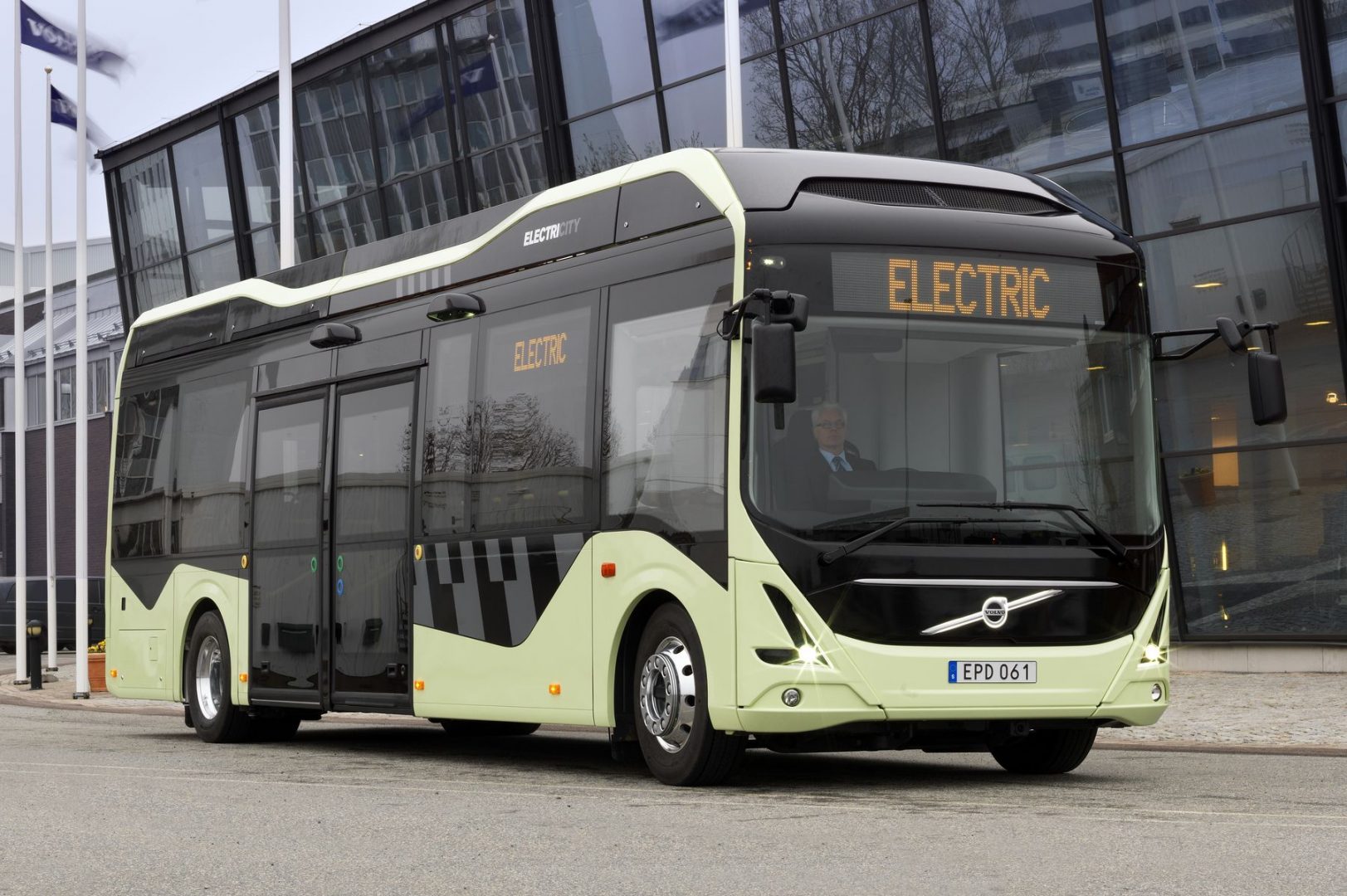Electric buses threathen Oil industry

New Energy Finance (BNEF) on behalf of the C40 Cities Climate Leadership Group – highlights an electric, or an ‘e-buses’, competitiveness against conventional diesel and CNG fuelled modes.
It states, “air quality is a growing concern in many urban environments and has direct health implications for residents. Tailpipe emissions from internal combustion engines are one of the major sources of harmful pollutants such as nitrogen oxides and particulates. Diesel engines in particular have very high nitrogen oxide emissions and yet these make up the majority of the global bus fleet.”
According to Bloomberg report, it states that: “As the world’s urban population continues to grow, identifying sustainable, cost-effective transport options is becoming more critical. Electric vehicles – including electric buses – are one of the most promising ways of reducing harmful emissions and improving overall air quality in cities.”
“E-buses have much lower operating costs and can already be cheaper, on the basis of total cost of ownership, than conventional buses today. The TCO of all electric bus configurations that we modelled improves significantly in relation to diesel buses as the number of kilometres travelled annually increases. For example, a 110kWh battery e-bus coupled with the most expensive wireless charging reaches TCO parity with diesel bus at around 60,000km travelled per year (37,000 miles).This means that a bus with the smallest battery, even when coupled with the most expensive charging option, would be cheaper to run in a medium sized city, where buses travel on average 170km/day (106 miles).
“Large cities with high annual bus mileages can therefore choose from a number of electric options, all cheaper than diesel and CNG buses. Even the most expensive electric bus – the 350kWh battery e-bus, slowly charged once per day at the depot – at 80,000km per year has a TCO of $0.92/km, just at par with diesel buses. Compared to a CNG bus, it is around $0.11/km cheaper in terms of the TCO. This indicates that in a megacity, where buses travel at least 220km/day, using even the most expensive 350kWh e-bus instead of a CNG bus could bring around $130,000 in operational cost savings over the 15-year lifetime of a bus.
It wasn’t all positive, though, with a few hurdles yet to be overcome. “Despite the potential operational savings, there are still some challenges for electric buses, with their high upfront cost compared to equivalent diesel buses being one of the biggest obstacles. To tackle this, new business models are emerging, involving battery leasing, joint procurement and bus sharing. However, our analysis of battery cost curves indicates that electric buses will reach unsubsidised upfront cost parity with diesel buses by around 2030. By then, the battery pack in the average e-bus should only account for around 8 per cent of the total e-bus price – down from around 26 per cent in 2016. Furthermore, increasing demand for e-buses could bring e-bus battery prices down faster. In that case, electric buses would reach cost parity with diesel buses by the mid-2020s.”

